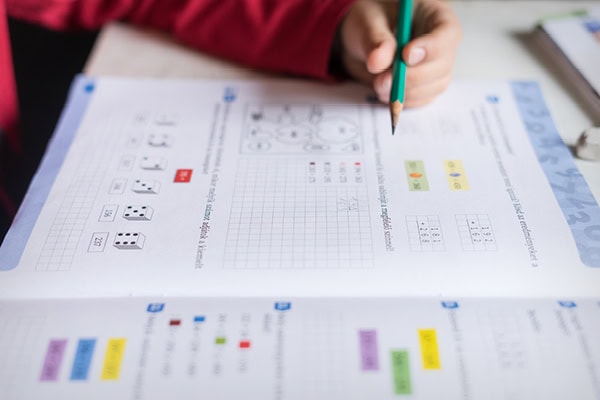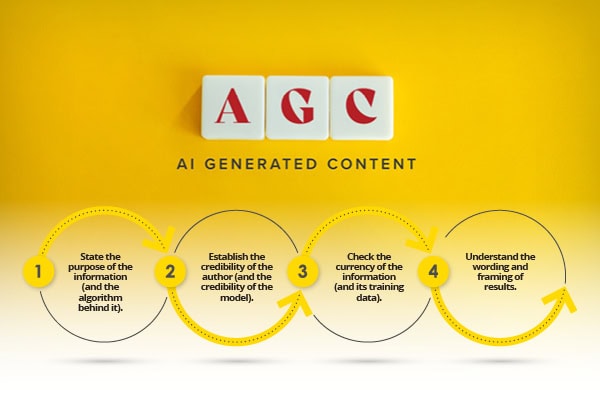“The lack of large-scale change in education makes us wonder if it is simply a lack of good ideas or a culture that won’t let them grow” writes Kareem Farah, CEO and co-founder of the Modern Classrooms Project, a nonprofit that supports educators in delivering self-paced, blended instruction, in an article in The 74.
“We see the immense challenges that stand in the way of expanding ideas beyond an individual classroom or district. It’s why scaling innovation in education means taking the risk out of failure.
“This means making freedom and flexibility non-negotiable. For example, rather than top-down mandates that start at the state or district level and are imposed on teachers, schools need bottom-up approaches that start with teachers and give them a choice in when and how to use a new idea — or whether to use it at all.
“Among the schools we work with, the ideas that spread the fastest and last the longest are the ones that begin with teachers. One gets interested in an approach or a piece of technology, starts using it, tells a colleague who starts doing the same, and word keeps spreading until an entire school or district has adopted the idea.
“With this model, scale happens from the bottom up and provides a softer landing when initiatives experience failures or setbacks. When teachers find ideas, test them in their classrooms with a small group of students and share their progress, it gives them ownership and the opportunity to make adjustments before the idea reaches district-level implementation.
“Scaling innovation in education is also hurt by an imbalance between structure and flexibility. When businesses scale, leaders often focus on structure, designing strict systems that depend on repeatable processes. But schools are not factories. Instead of speeding up innovation and minimizing risk, too much structure constrains teachers. Standardized and rigid structures take away teachers’ freedom to make these adjustments for different students, rendering the teachers less effective.
“Rigidity also needs to be removed from the definitions of failure versus success. Today, we might use standardized test scores, the amount of time spent teaching or the volume of content covered to judge whether a new idea worked. Instead, if K-12 leaders expand the measures of success to include college and career readiness or a student’s ability to engage in self-directed learning, it opens new possibilities for how to reach those goals. Add to that the idea that failure is not just part of the journey, but a requirement of it, and leaders have the opportunity to accelerate adoption of new ideas.
The 74





